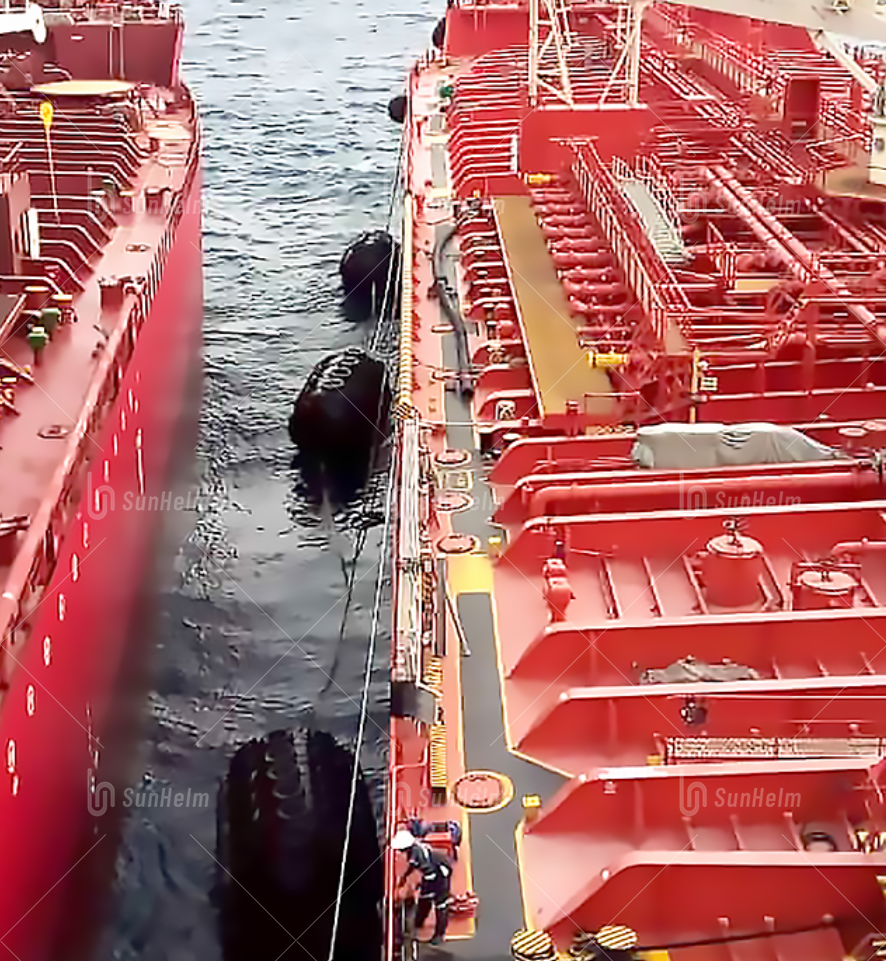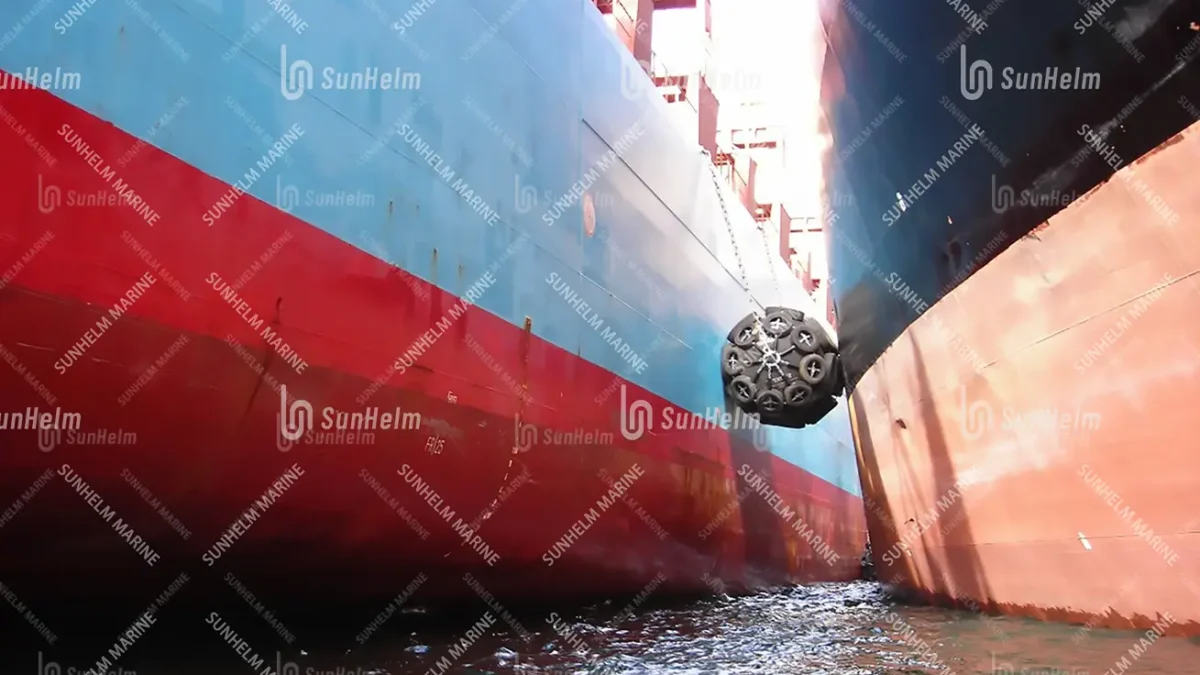STS operations are complex and risky. This guide shows clear steps to prepare well before you start.
1. Introduction
Ship‑to‑ship transfers happen when two vessels work side by side to transfer cargo. People often use STS at sea to move fuel, oil, or chemicals between ships. These operations carry risks: hull damage, leaks, spills, and collisions. Good prep helps you stay safe and follow regulations like SOLAS, MARPOL, OCIMF, and ISGOTT.

2. Due Diligence & Planning
- Nominate both ships and apply customs clearances early.
- Appoint a qualified POAC or STS Superintendent to oversee operations. You can also assign two to cover 24/7 duty.
- Assess risk and choose a calm, deep water area with ample sea room and low vessel traffic.
- Submit 48-hour advance notice to coastal authorities if you operate within a coastal state’s sea zones.
- Draw up a Joint Plan of Operation (JPO) that outlines who does what and how you will communicate.
3. Standard Documents & Checks
- Ensure both ships have an STS operations plan approved by their flag state and incorporated into their safety management system.
- Use OCIMF and ICS/STIGTTO checklists plus ISGOTT guidance to verify readiness.
- Share written plans: communications, emergency procedures, checklists.
4. Equipment & Devices — including Pneumatic and Foam‑Filled Fenders
- Review ship specs: beam, freeboard difference, tank layout, manifold positions.
- Pneumatic fenders: These are the go-to fenders for STS transfers. They absorb huge energy and give low reaction force. They comply with ISO 17357 and work well when ships bump at up to 15° angles. You typically deploy 4–6 primary pneumatic fenders along each ship side, plus 2–3 secondary ones at bow/stern as backup. They absorb 5,000–6,000 kJ in rough conditions and still keep ships separated even with high deflection.
- Store them at 20–30 kPa pressure even when idle, to prevent folds or damage.
- You should retire them after about 10‑15 years of service.
- Foam‑filled fenders: These fenders are solid foam cored, coated with polyurethane and nylon/Kevlar. They never deflate, need little maintenance, and absorb energy well in calm environments.
- They make good secondary or emergency units, but they are less forgiving under heavy or repeated impact. They also degrade if they compress often. For STS, use only as a backup in mild conditions.
- Connect all hoses and pipes: verify product compatibility, hose bend radius, and third‑party pressure testing as per OCIMF standards.
- Prepare mooring lines and gear: use strong enclosed chocks, fit rope tails (≥ 11 m long) on synthetic lines for elasticity and emergency cut‑away, and add chafing protection where needed.
5. Communications & Personnel Roles
- Confirm language and protocol among both masters, deck teams, and the STS supervisor.
- Fix channel frequencies and emergency contact lists.
- Make sure each shift knows responsibilities, and double‑man critical roles if operation runs at night.
6. Approach & Mooring Phase
- Keep approach speed at ~5–6 knots. Keep angles under 15 degrees.
- Operate only in wind below ~30 knots and waves under ~3 m.
- Ensure at least 10 nautical miles clear from obstacles and traffic.
- Work through mooring checklists step by step: deployment of fenders, line tension, required stand‑off, distance between hulls.
7. Pre‑Cargo Transfer & Emergency Readiness
- Confirm both ships are ready: hoses, pumps, gas balance, communications.
- Ensure PPE, spill kits, fire systems, and alarms are in place.
- Practice emergency shut‑off drills and define clear spill or separation procedures.
8. Active Transfer Monitoring
- Check gas levels, pressure, and communications regularly.
- Follow SMS, ISGOTT, OSPEP standards.
- Stop operation immediately if wind or waves exceed limits, equipment fails, or safety is compromised.
9. End of Operation & Records
- Complete final checklists before removing mooring and fenders.
- Archive transfer logs, hazard analyses, and checklists for at least 3 years.
- Review lessons learned and feed them back into the ship’s safety management system.
10. Conclusion & Advice
Preparation saves lives, protects the environment, and prevents equipment damage. Train crew often, refresh plans, update equipment, and always follow global and industry standards.
FAQ
Q: Why do we use 4–6 pneumatic fenders for primary protection?
A: Because they absorb high energy evenly and keep hulls apart even during angle drift or ship motion.
Q: Should pneumatic fenders stay slightly inflated even during storage?
A: Yes. Keep them at 20–30 kPa to avoid folding, creasing, or damage during storage.
Q: Can foam‑filled fenders fully replace pneumatic types?
A: No. Foam fenders don’t deflate and cost less, but they don’t absorb shock as well and degrade under repeated stress. Use them only as backups in calm conditions.
Q: How long should pneumatic fenders last?
A: Typically 10–15 years in STS service. After that, performance drops and failure risk increases.
Q: Are secondary fenders always necessary?
A: Yes—especially at bow and stern. Secondary fenders prevent damage from offset contact during docking, approach, and undocking stages.


